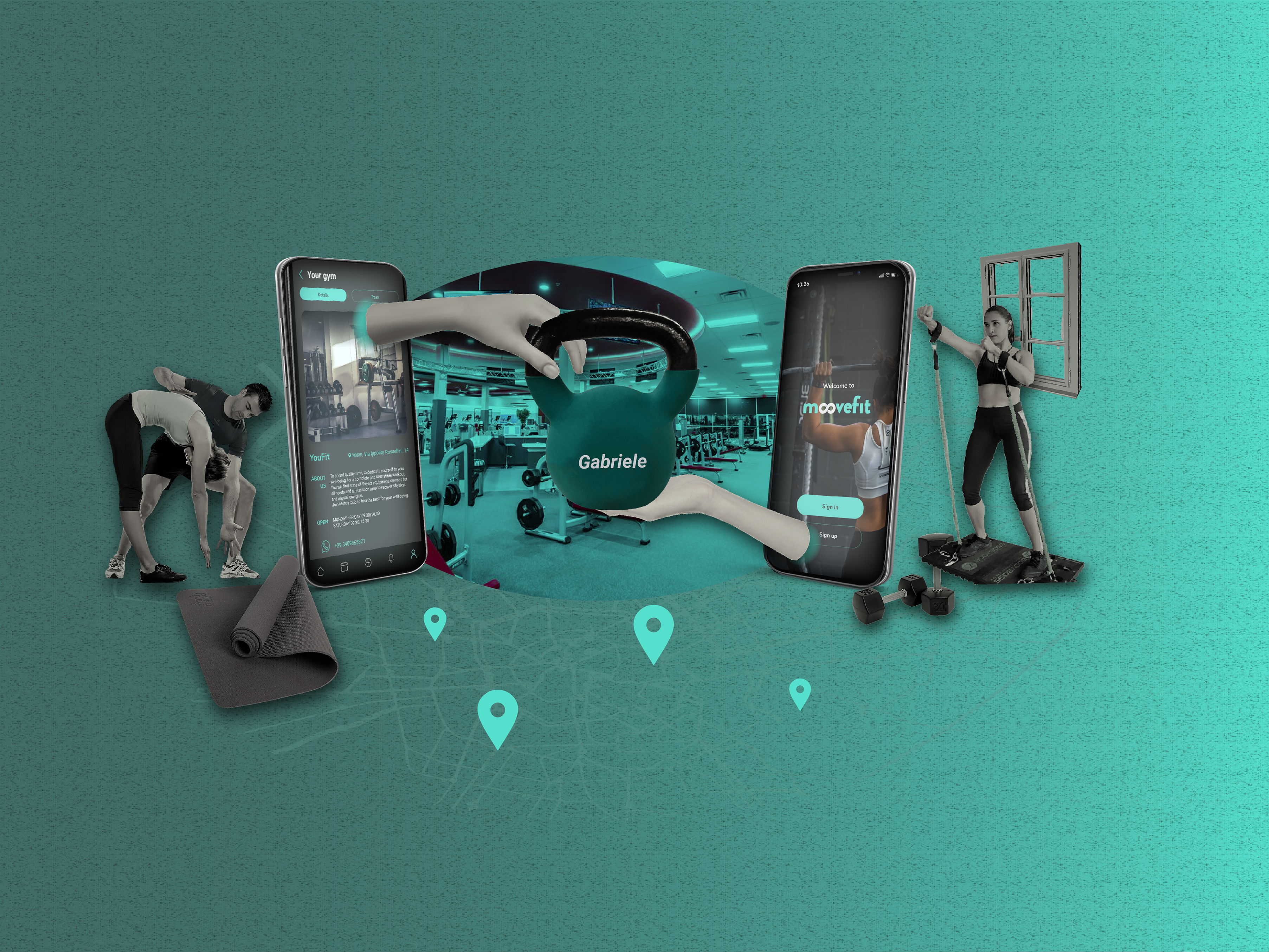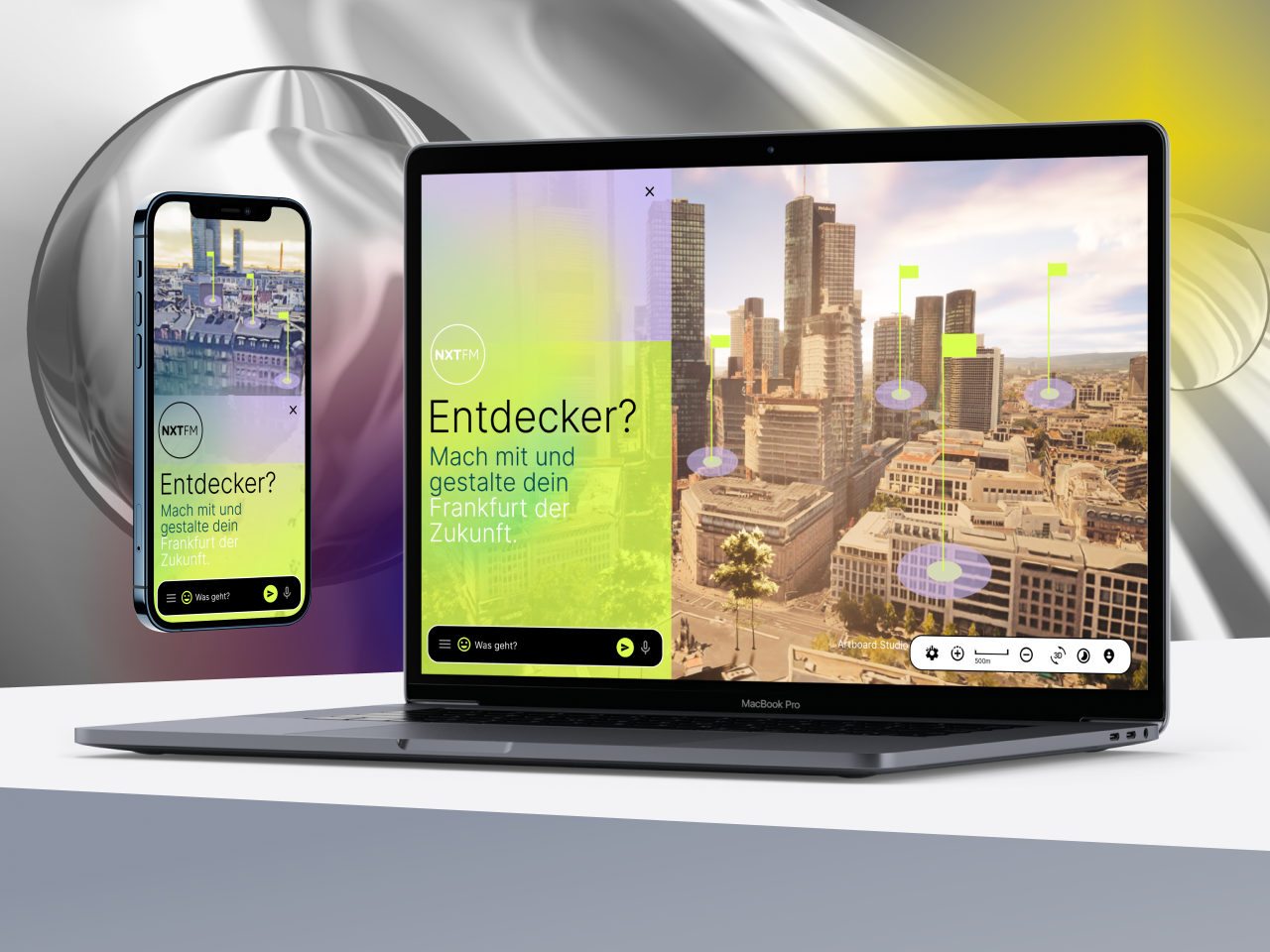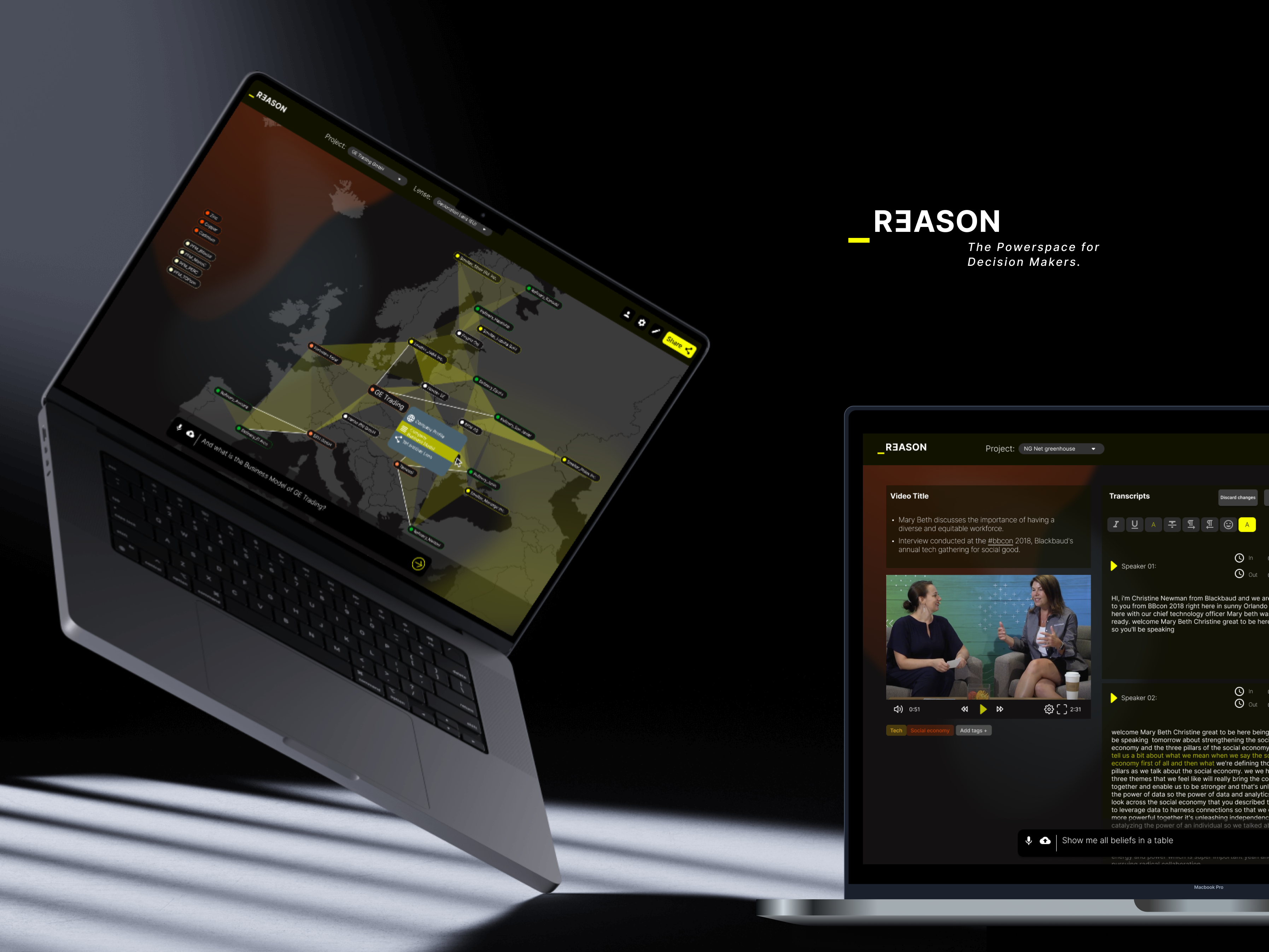Project Title:
Final Synthesis Studio project (Politecnico di Milano)
from September 2020 to January 2021
from September 2020 to January 2021
My role:
Research, Co-design moderation, site analysis, design strategy, UI/UX design
Research, Co-design moderation, site analysis, design strategy, UI/UX design
Overview
The Covid pandemic Limited the performance capabilities in the cultural sector. Thus, impacting directly the Art creators and indirectly to the spread of culture. We partnered with the Teatro Franco Parenti and through co-design with them and other stakeholders we explored the opportunities and future directions. The final result was Reverso. A new engaging entertainment experience that innovates the theatre language by offering episodic performances. Reverso destroys the physical boundaries of the theatre, by spreading it through the city.
Tripple diamond process
Background research
We found out unlike other performing arts the difficult situation that theater is facing is not caused by the covid-19 pandemic alone. It has been many years that theater scholars were trying to redefine theater to make it more engaging for modern spectators, thus, we concluded that we need a more fundamental approach to revive the theater and not just a one-off solution.
Theater and its audience
There are mainly two types of audience for theater. The first group is the ones whom can usually be found somewhere near the theater in groups of more than two/three talking about theater/cinema and art, we call them the integral audience. The second group is the Accidental audience who don’t go to the theater very often and attend it as an event that they have to plan and invest for.
We used the concept of liminality to describe the two forms that theater can take which is a concept coined by Van Gennep and expanded by victor turner. As the theater becomes more accessible through digital platforms and other mediums it becomes less and less liminal in the form. As a result, we can position diffrent forms of theater in a spectrum ranging from the liminal event to the pure limonoid condition.
The formation of ecosystem map is based on 5WH question, therefore in the segment of who, the main stakeholders in each level are identified and through assigning colors their relation to other parameters in other segments of the map are demonstrated.
Concepts
This project explores new theatrical formats: Instant Theater, inspired by social media; Netflix Theater, transforming performances into episodic series; and Theater Land, where spectators become explorers. These concepts redefine storytelling, space, and audience interaction.
Co-Design
To include stakeholders in our design and development process we e conducted 3 different types of concept-driven co-design sessions, one with our partners, another with people involved in the industry, and the last one with young people that don’t go to the theatre.
To include stakeholders in our design and development process we e conducted 3 different types of concept-driven co-design sessions, one with our partners, another with people involved in the industry, and the last one with young people that don’t go to the theatre.
Co-Design process
During the co-design sessions Netflix theater concept was selected by majority of participants as the best concept which is align with their needs and desires.
By pairing the clashes and embracing the shared opinions, some opportunities emerged that challenged us to find solutions we didn’t know initially we needed.
By pairing the clashes and embracing the shared opinions, some opportunities emerged that challenged us to find solutions we didn’t know initially we needed.
Vision
Reverso aims at spreading culture by breaking free from the physical boundaries of the traditional theatre and expanding it through Teatro Franco Parenti spaces and through the city. This prolonged experience generates a sense of community and belonging, which is enhanced by an online platform that allows the audience to share their thoughts and interact with one another and with theatre companies. Reverso also supports edutainment, by creating tailor-made series for schools and allow students to have a fun learning experience.
Reverso aims at spreading culture by breaking free from the physical boundaries of the traditional theatre and expanding it through Teatro Franco Parenti spaces and through the city. This prolonged experience generates a sense of community and belonging, which is enhanced by an online platform that allows the audience to share their thoughts and interact with one another and with theatre companies. Reverso also supports edutainment, by creating tailor-made series for schools and allow students to have a fun learning experience.
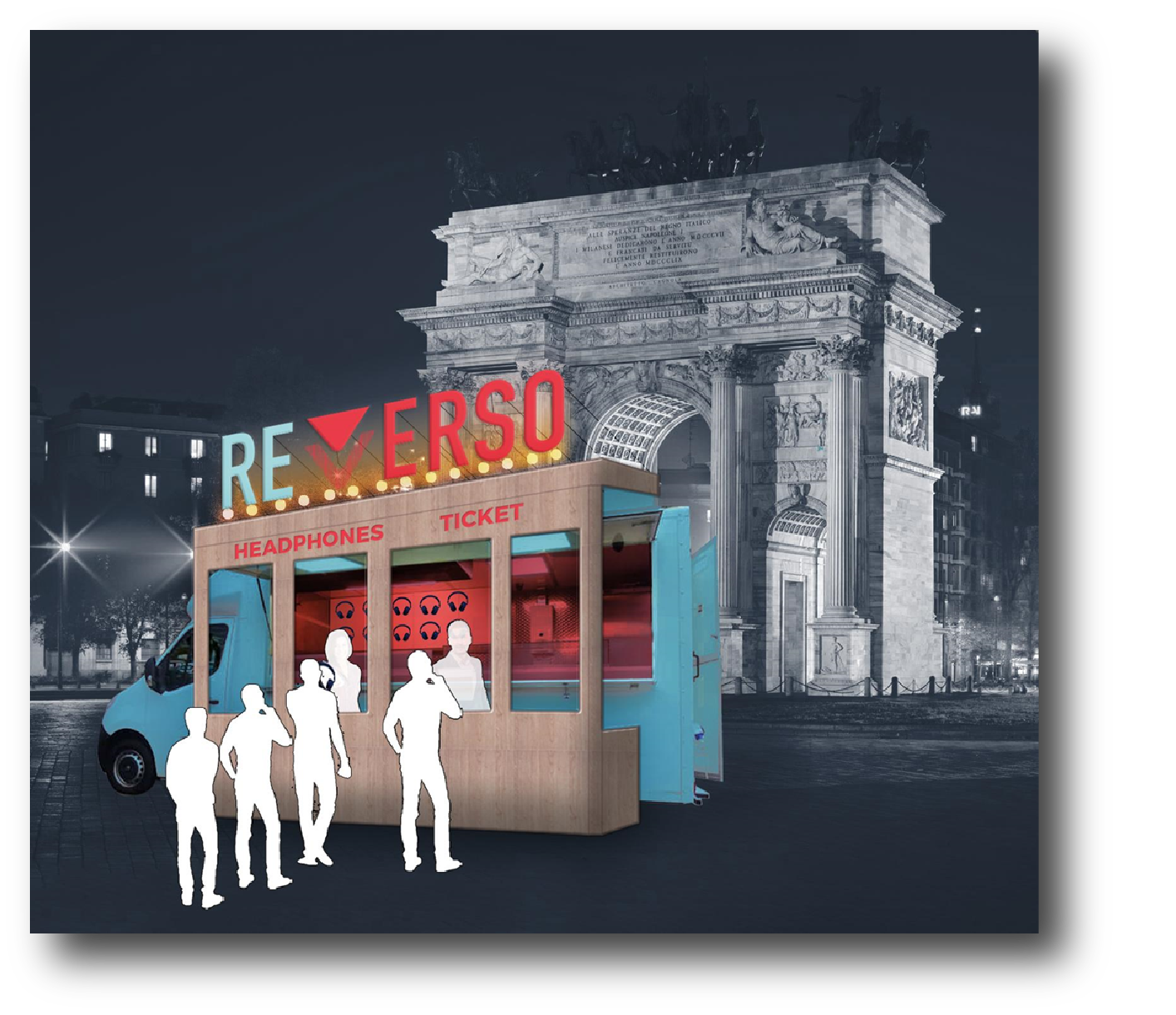
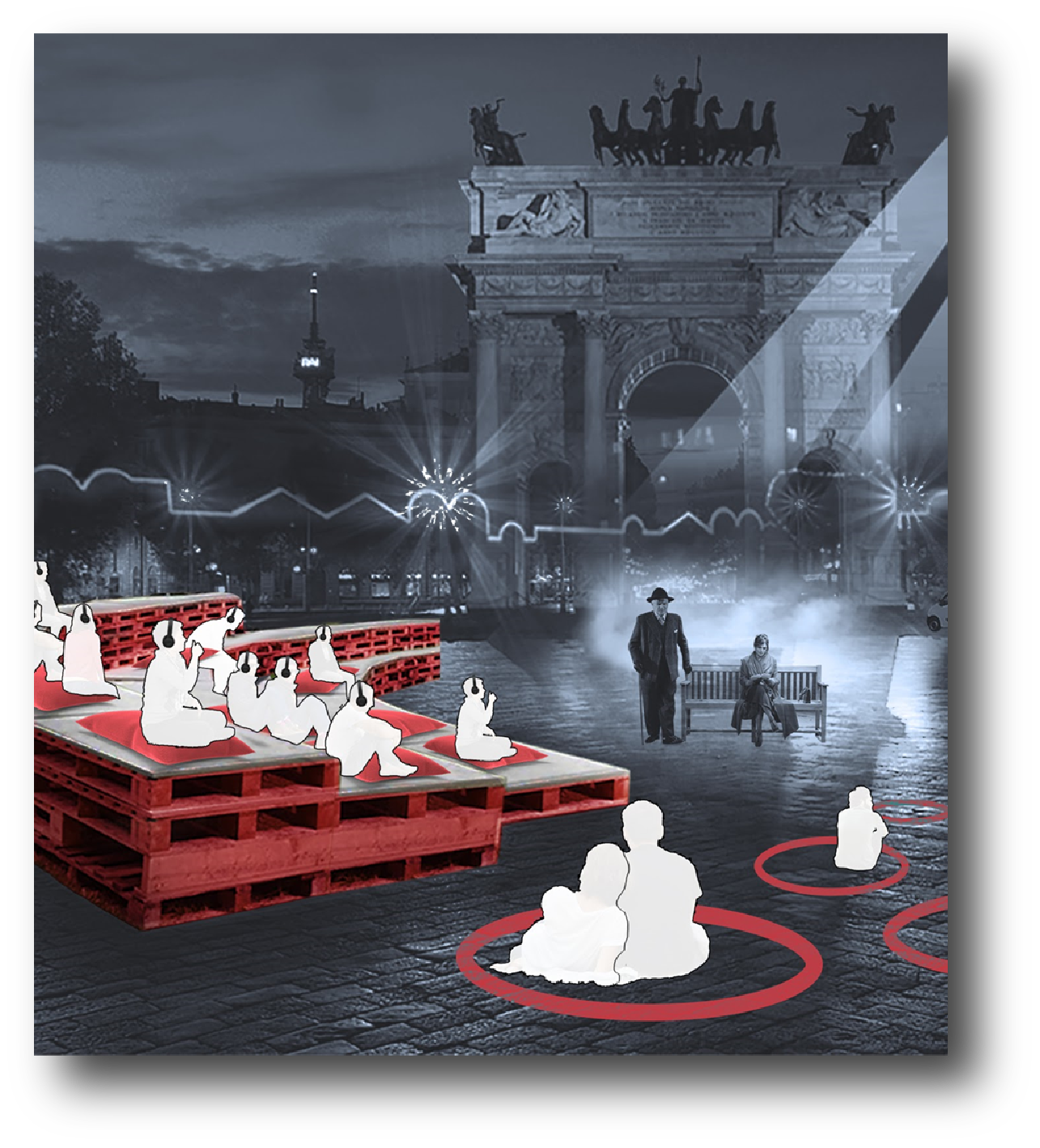
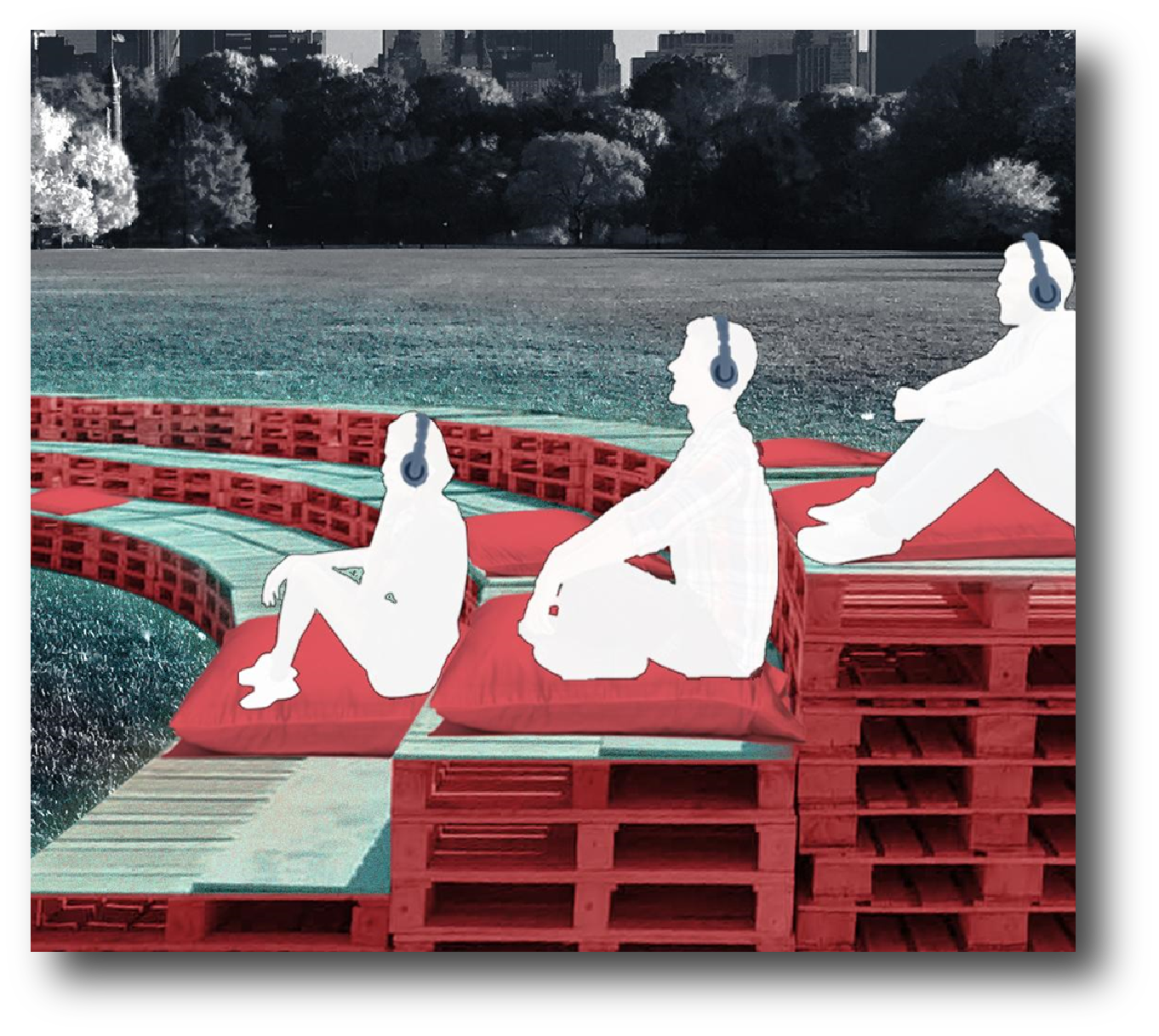
Identity design
In Italian Reverso means to go backward or to go the opposite direction. In designing the identity of the service we wanted to emphasize each part of the name. The colors and the products are also chosen based on the identity of Teatro Franco Parenti itself as the mother service provider. The wooden pallets are also chosen because of their accessibility, flexibility of using them to create different settings, and also the cheap price of them.
Product Design
Based on the defined identity we turned the Wire frames to User-centered interfaces in an app that can help audience to keep track of upcoming theater episodes and listen to the previous one.
Wireframe for the app
User journey mapping and service blueprint
We mapped the service through perspective of several personas that we identified in our research and then we defined the sservice blueprint as an omni-channel experience.

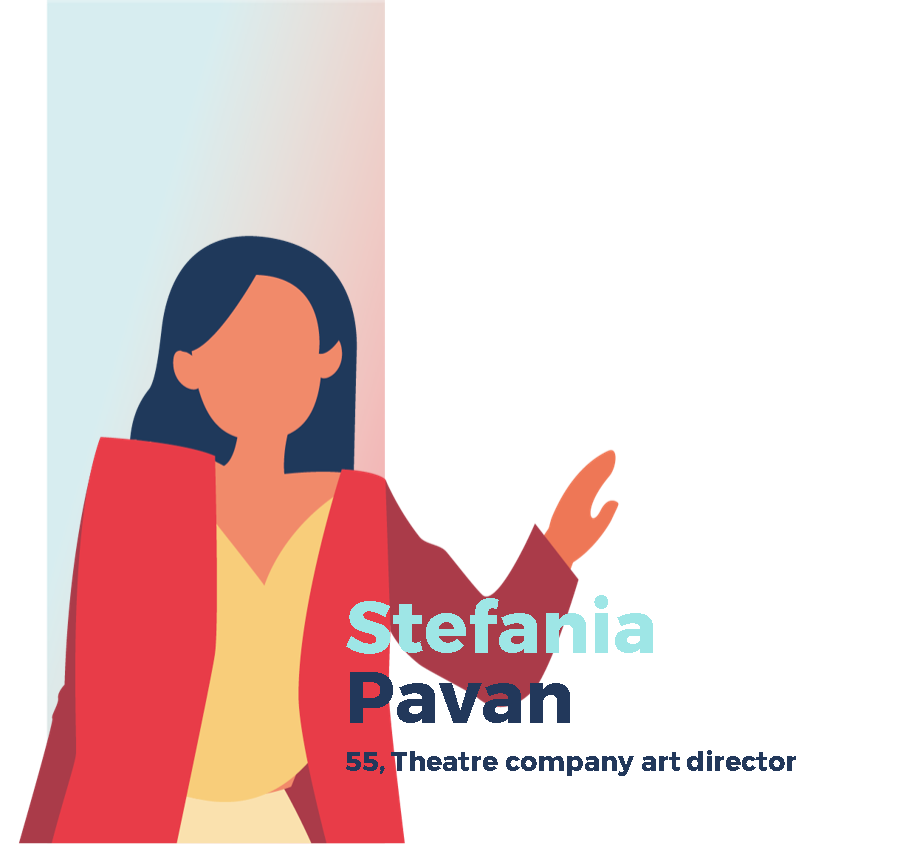
Offerings
We identified the stakeholders of the project in three main levels. from the most interior zone that includes the staff, management team and Teatro Franco Parenti staff to the most exterior zone including policy makers such as MIBAC and regione lombadia. We then created a matrix of relation between the main stakeholders describing their possible interactions.
Service testing
The final step was to evaluate the service from the perspective of its users. we used the user stories method to test the service. therefore we invited some of the potential users of the service to an online co-design session. Based on the discussions with the users we then tried to modify the service.
Results
The final results were presented to Teatro Franco Parenti, including financial details and a comprehensive report. The concept of episodic theater particularly resonated with them, sparking new creative discussions. The project was well received, highlighting the potential for innovative theatrical formats.
The final results were presented to Teatro Franco Parenti, including financial details and a comprehensive report. The concept of episodic theater particularly resonated with them, sparking new creative discussions. The project was well received, highlighting the potential for innovative theatrical formats.
